You may not be aware (unless you live here) but there are a bunch of islands in the North of the Netherlands, and the five main ones in particular are quite popular for visiting. Known as the Wadden Islands (because they are located in the Wadden Sea) or West Frisian Islands, these islands are great for a mini-break if you want to see some beaches and lighthouses and just relax away from the hustle and bustle of the rest of the country. This is just what Dennis and I did this past Summer, by visiting the island of Texel. Pronounced ‘Tessel’, this island is the largest and most populated of the Wadden Islands, and arguably the most popular for holidaymakers because of the ease and affordability of getting there. Read on to find out about all the fun things you can do during your own visit to Texel!
Affiliate Links
This post contains affiliate links. This means that if you follow a link and then purchase or book something, I will earn a small commission at no extra charge to you. This helps me with the costs incurred from running this site and means I can keep bringing you travel content like this. You can read more about this on my privacy page. Thanks for your support!
Getting to Texel
Texel is the easiest, fastest and cheapest of the five islands to visit. Most of the islands have ferry services which run back and forth between the island and mainland provinces; the ferry to Texel only takes 20 minutes each way, as opposed to the 45 or 90 minute travel time for each of the other islands. The ferry embarks from Den Helder in North Holland and carries pedestrians, cyclists, motorbikes, cars and even caravans across to the island of Texel. Ticket prices are slightly higher during the weekend than on weekdays, but cost around €2.50 for pedestrians, €5 if you have a bike or motorbike and €25-€37 for a car (regardless of number of passengers). You will need to check the prices for the days you are planning to travel, which you can do on their website here. If you are coming from Amsterdam without a car it will also cost around €15 each way for the train to Den Helder, so I would recommend going for more than just a day trip! If you are coming without a bike or vehicle you can hire bikes on the island when you disembark from the ferry, and there is also a bus service although I think going by car is probably the easiest and most affordable way to go. If you take a bunch of friends and split the costs it would only be €5 each plus money for fuel (and accommodation if you stay overnight or longer)!
Catching the ferry is very easy, if you have ever crossed the channel between France and England the whole thing will feel very familiar. There are shops, cafes and toilets onboard; and it’s very pleasant to go outside and watch the island of Texel (or city of Den Helder) getting bigger. You’ll also see lots of seagulls and bigger seabirds hitching a ride either on the ferry or in the slipstream above; they even perform aerial acrobatics for the ferry-travellers who dare to hold up bits of bread for them to swoop down on! Den Helder is home to the Dutch navy, so we enjoyed counting how many warships we could see during our return trip; at least 10 were moored in the harbour! You could also visit the Dutch Navy Museum in Den Helder, where you can explore a Dutch navy submarine, learn about the history of the Dutch navy and also marvel at a ram-ship and a minesweeper.
Be aware that pretty much all the parking on Texel is paid unless you are riding a bicycle. You can pay for parking at the ticket machines around the island (with an hourly rate) or simply buy a special e-ticket online where you just put in your car license plate number and then don’t have to worry about tickets and paying for parking the whole time you are there. This ‘Texelvignet’ costs €7.50 for a day, €15 for a week or €20 for a year, and seems much cheaper than paying an hourly rate. We found it very easy and hassle-free to not have to think about parking the whole time we were on the island. You can get the vignet here.
Things to Do on Texel – Beaches
One of the major drawcards for the many visitors to Texel are the beaches that line the coast. Texel boasts 30km of beaches all along the Western side of the island, often with parking areas, cafes and restaurants by the beach and the many ubiquitous beach shacks lined up against the edge of the dunes. Even on a mildly sunny day you will find many Dutch visitors flocking to the beach to swim, build sandcastles, sunbathe and fly kites. There’s even little roving ice-cream trucks at some of the locations! I especially enjoyed watching the kites that people were flying above the beach – my favourite was a pirate flag kite that the people in front of us had.
Things to Do on Texel – The Lighthouse
On the northernmost tip of the island is the Texel Lighthouse. This red lighthouse is often seen as the symbol of Texel as it looks out over the beach and Wadden Sea to the North Sea. You can pay a fee to go inside the lighthouse to see a small exhibition about its history, and to climb the 118 steps to the gallery to look out over the island and sea for yourself. Unfortunately we didn’t arrive in time to go into the lighthouse but the views from the path over the beach were still quite stunning at ground level.
As you can see in the bottom left of the photo, there’s also a restaurant overlooking the beach here; in fact there are two, one is just out of frame. A bit further on you can read about places to eat on Texel; this spot certainly seems to boast a great view!
Things to Do on Texel – Ecomare
One of the attractions on Texel I was most excited to visit was Ecomare; a museum, aquarium and sanctuary for seals and birds. The island and surrounding waters of Texel is home to many wild birds and animals, including seals, porpoises, gannets, cormorants, geese and ducks. Ecomare cares for injured or orphaned wildlife, releasing most of their rescues back into the wild when they are strong enough to survive. They also have some permanent residents who are unable to survive in the wild who visitors can see and learn about. There are two permanent resident porpoises at Ecomare, called Michael and Dennis. You can see them from both above the water and below through viewing windows. One of them was quite curious and came right up to the window to look at me a few times!
There are also quite a few birds being taken care of, that have been injured, are sick or were maybe covered in oil. Most of these are also re-released into the wild; and there are a couple of gannets that live there permanently as they can no longer survive on their own in the wild.
Of course, my favourite part of Ecomare was seeing the seals as I love seals! There are quite a few seals that live there permanently as they can no longer survive in the wild. There are often quite a few young orphaned seals as well, that Ecomare takes in until they are old enough/big enough to fend for themselves. There were about 10 ‘baby’ seals when we visited, and they are so cute!
The permanent residents are mostly a bit older, in fact the biggest seal we saw is apparently 43 years old! Her name is Bram (they thought she was a boy when she was first found) and she is the one who really likes to sit and chill out in the water. She had such lovely expressive eyes as well. During the feeding time the keeper explains about the permanent seals and why they are there, the work Ecomare does, and other information about seals in the wild around the island of Texel. It’s well worth timing your visit to see a seal feeding and hear more about the conservation work Ecomare does. The talks are given in Dutch.

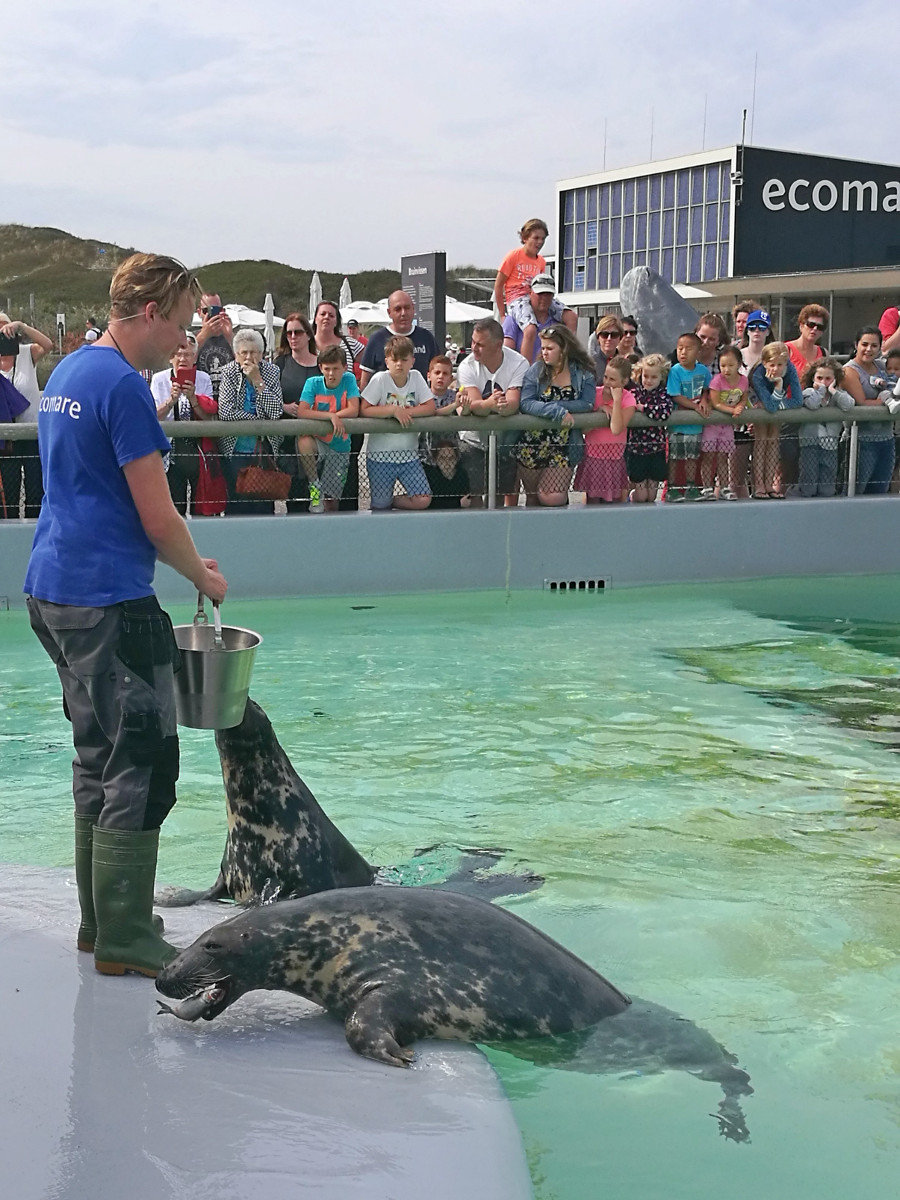
Entry into Ecomare costs €12.75 for adults and €8.75 for children, although if you purchase them online you get a 5% discount and can use the ticket anytime you like within two or three months. And of course, you know the money is going to support a worthwhile cause (getting you in to see baby seals)! Make sure you check out their website here.
Things to Do on Texel – Adrenaline
While we were driving to the lighthouse I noticed that there is actually a sky-diving company on the island, Paracentrum. We saw lots of people floating down on parachutes, I can imagine the view would be pretty great! At Paracentrum you can book tandem skydiving jumps, as well as scenic flights over the island. The scenic flights in particular seem quite affordable if you don’t particularly want to jump out of the plane! If you’re looking for some adrenaline-pumping fun on the ground floor you can also try out kite-surfing (for once the Dutch wind is useful) at Kitesurf Texel or surfing at Surfschool Texel. If you’re more interested in galloping along the beach on a horse, there are also a few places where you can hire horses, join group rides or even go for a ride in a covered wagon. This website links to the three main places to organise horse-related activities on Texel.
Things to Do on Texel – Towns
There are 7 different towns in Texel which are definitely worth exploring. Filled with lots of cute old Dutch buildings the two bigger towns Den Burg and De Koog are popular, although the one I most wanted to visit was De Cocksdorp, purely because of the name! Yes, I’m very mature. Literally translating to “The cock town” I thought maybe there was some interesting story or sight relating to this, but it’s actually a very normal little town. It does feature a pretty church (above) and a wooden lighthouse-sculpture thing that you can climb though.
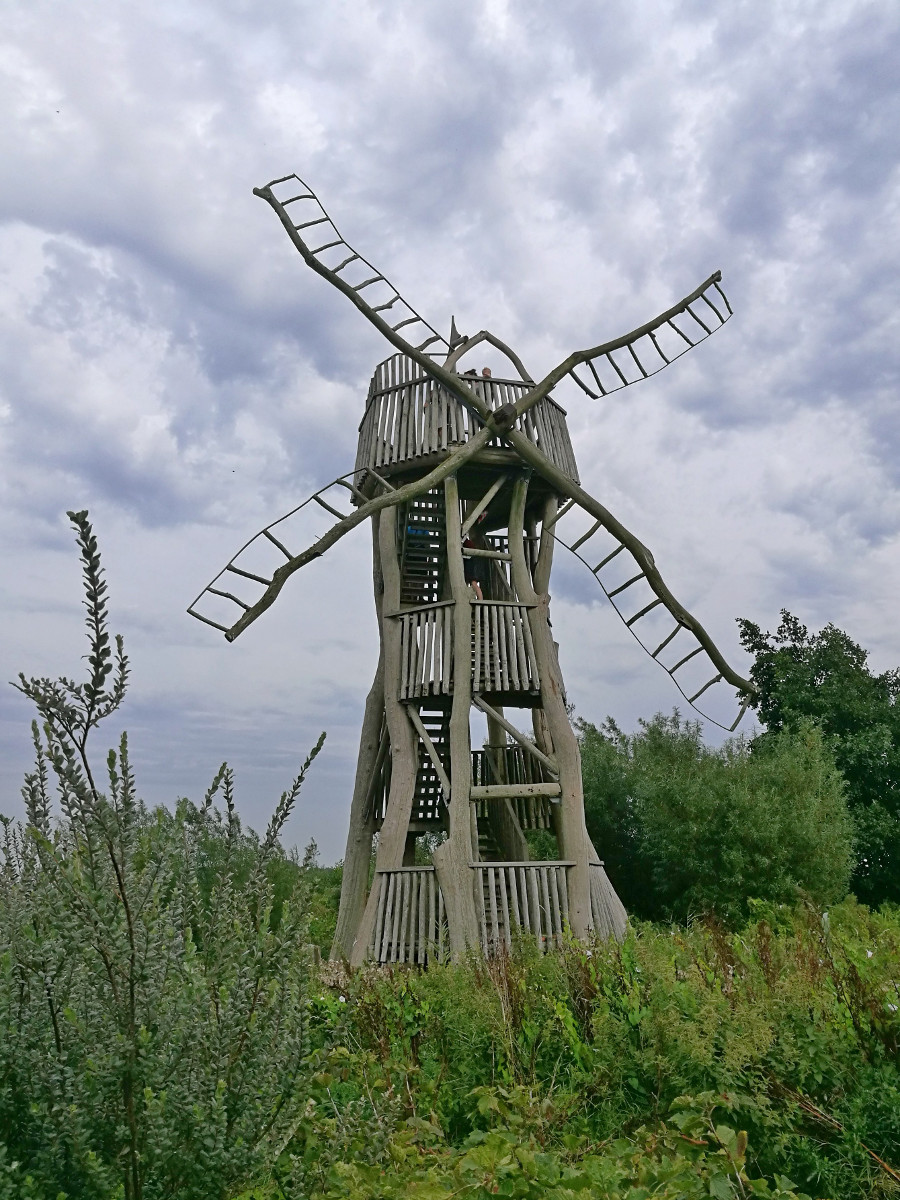
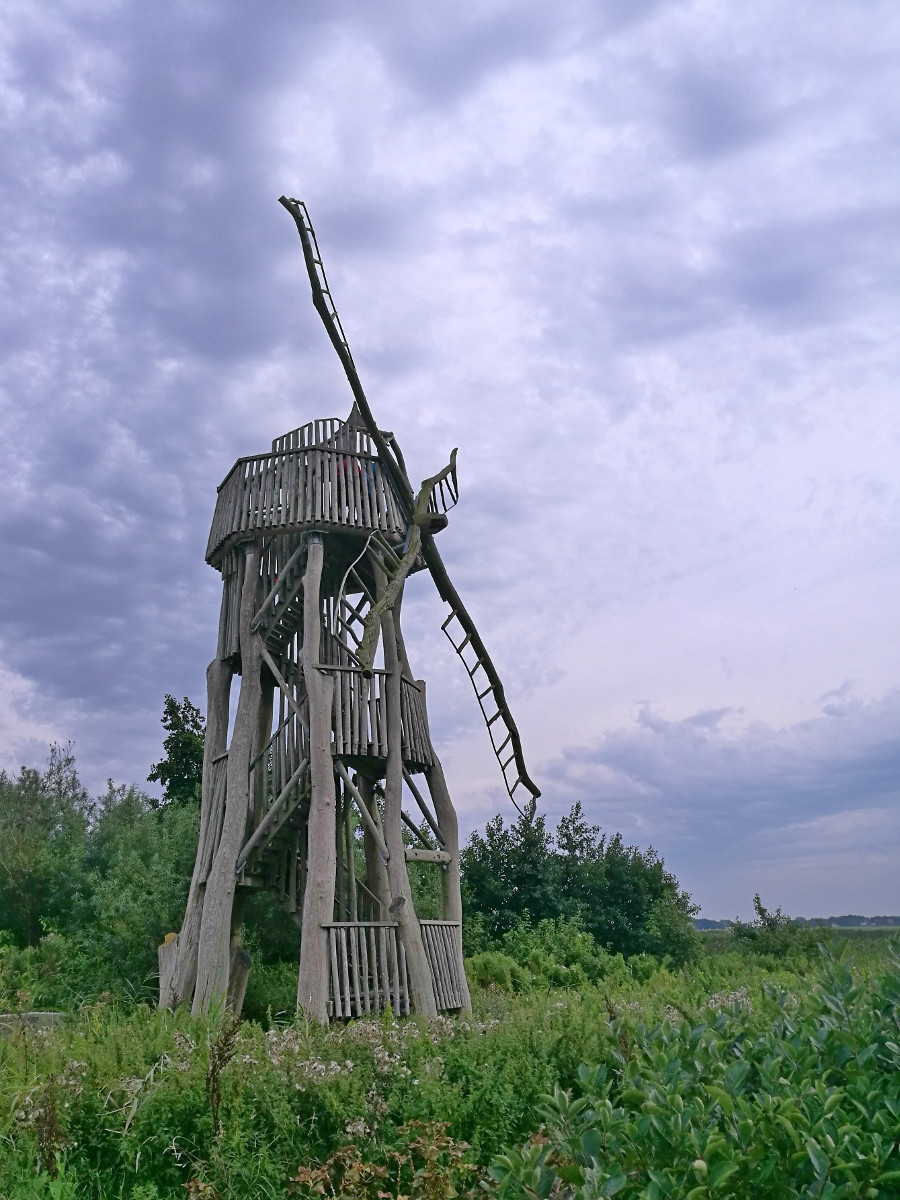
De Koog is situated right next to the beach (separated only by some dune) so is a great town to visit if you want to go to the beach, and the National Park also borders De Koog so you can explore the woodlands and dunes. Den Burg is the ‘capital’ of Texel, and the largest town. It has lots of restaurants and cafes, a cinema, museum, swimming pool and a church-tower which you can climb on Mondays for stunning views over the area. The little village of Den Hoorn is full of artists and art galleries, and also features a very pretty church. There’s also a theatre-restaurant where you can enjoy a cabaret over a meal! Oosterend is considered by many to be the prettiest village on the island and Oudeschild is home to the fishing fleet of Texel. Go to Oudeschild if you want the freshest seafood in one of their many restaurants!
Other Things to Do on Texel
Like most parts of the Netherlands, Texel is covered in bike paths so that it is very easy to bicycle around the island. A lot of the bike paths share the road with vehicles, but the Dutch are very aware of cyclists so you don’t have to worry about cycling here. Biking around the island, visiting the pretty towns and saying hello to sheep and horses in paddocks is definitely a great way to explore. Come in Spring if you want to see all the lambs and foals!
There are also a number of museums on Texel if you are interested in learning about the history and culture of the island and its inhabitants.In De Waal you will find the Cultuurhistorisch Museum Texel (it’s also called Museum Waelstee). Here you can learn about the history of the island. In Den Burg you can visit Oudheidkamer Texel to see inside one of the oldest houses on the island, and how people lived on the island in the past. In Oudeschild you can visit the Kaap Skil Museum to find out about the maritime history of Texel.
Accommodation and Dining on Texel
I’ve mentioned a couple of places where you can eat on Texel, but really there are far too many options to list them all! The Strand Pavilion Faro2 and Toren Restaurant by the lighthouse both look nice and fairly affordable. They share a website here. If you’re looking for fresh seafood then you will find at least five restaurants and cafes right on the harbour of Oudeschild. For something really different then you could go to De Toegift for theater and dining but I haven’t been to any of these places so can’t give a review. When Dennis and I visited we did the very Dutch thing and took a picnic! There are quite a few supermarkets in Den Burg, as well as some in Oudeschild, Den Hoorn and De Koog, if you want to cook your own meals while on the island.
There are lots of hotels on Texel, as well as Airbnb listings, although often these require bookings of at least three days. Many Dutch people spend weeks or more at a time on Texel in the summer, so expect that you’ll need to book as early as possible to get accommodation during peak times. Some of the Airbnb listings look very cosy, and while Texel is lovely in summer I can imagine it’s also very nice to go during the off-season when there’ll be fewer people around and probably lower prices.
With so much to do on Texel I really think you need at least two days to explore, and I am looking forward to going back for a more extended stay in the future. Then I’ll be able to add more to this guide!
Have you ever been to Texel? Let me know in the comments what you got up to, or save one of these to help you plan your own trip to this lovely little island!











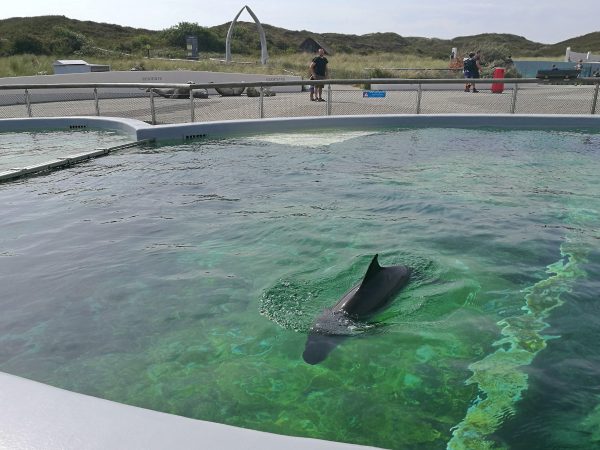


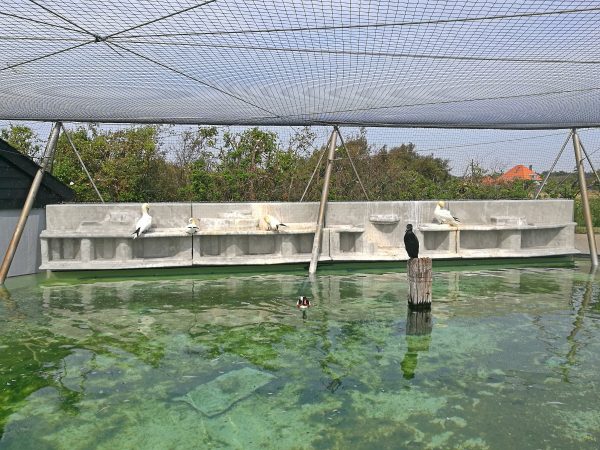






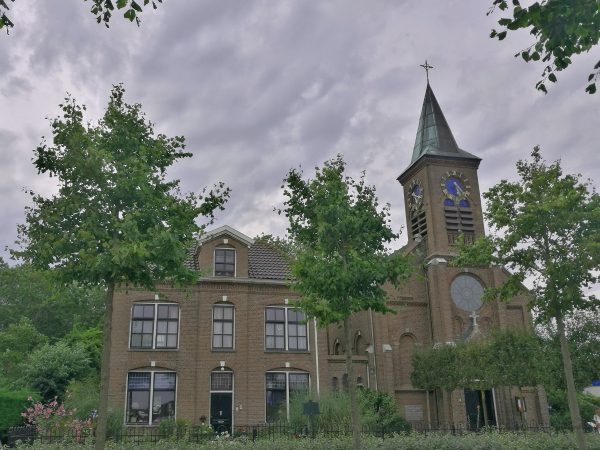
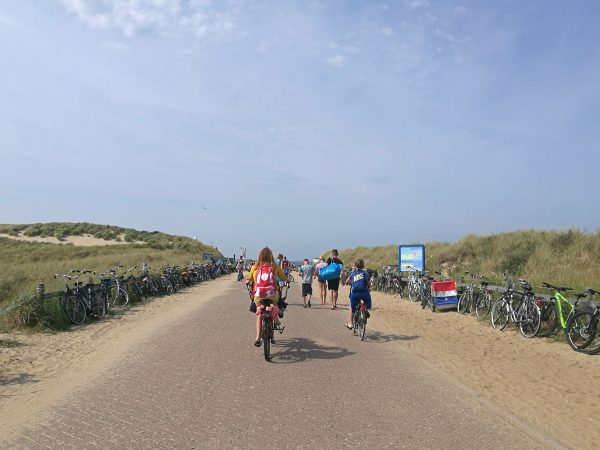


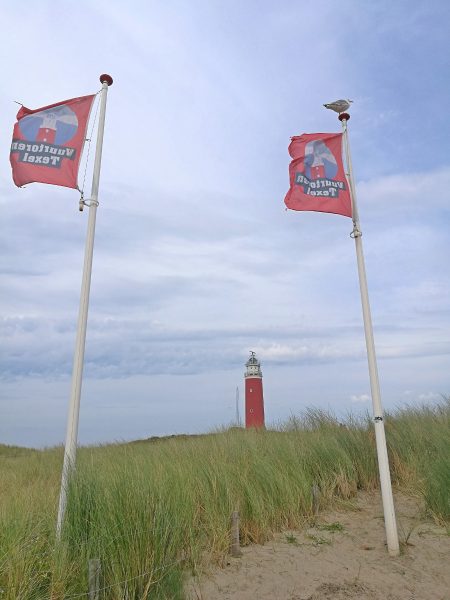
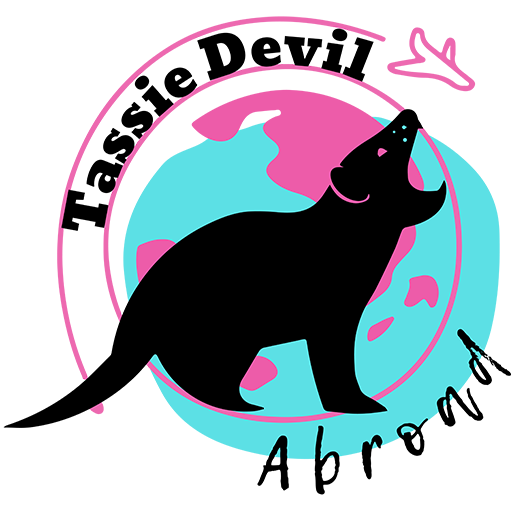
Leave a Reply